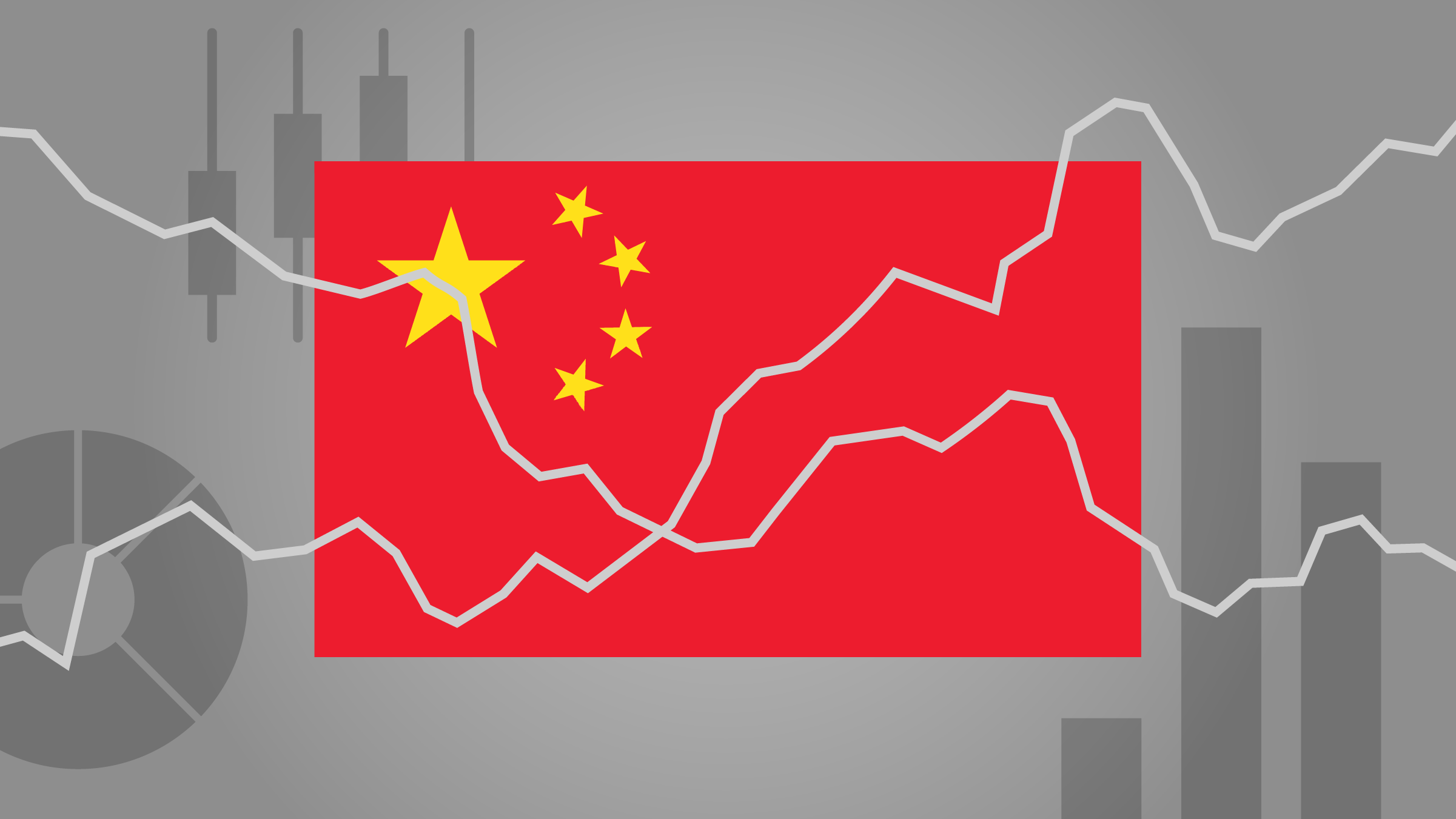
August’s edition of the Morningstar Europe Core Pick List features the most attractively valued European-domiciled companies that possess sustainable competitive advantages. Our top picks across each sector are chosen based on their uncertainty-adjusted discounts to their intrinsic value.
The list only includes European companies with a market capitalisation of at least $1 billion, narrow or wide economic moats and a fair value uncertainty that is not very high or extreme. The list has a minimum of one company from each sector, with a maximum of three companies in any one sector.
This month’s list saw a low amount of turnover, as trading level fluctuations and fair value estimate changes were minimal during July. Seven UK-listed stocks make the list this month; we reveal the firms below.
BT Group (BT.A)
With the closing of its acquisition of EE, BT becomes the only truly convergent telecom operator in the United Kingdom with the ability to offer fixed-line and wireless telephony, broadband, and pay TV on its own network.
The UK has trailed several other European countries in moving to converged services, but we think this acquisition will help jump-start that move. BT should benefit, as it controls the whole network, while others will need to wholesale at least some services from somewhere else.
Kingfisher (KGF)
Kingfisher has undertaken significant initiatives through its One Kingfisher plan to improve the operating profit profile of a previously siloed business model by unifying the organisation. In focusing on a united product offering across regions and brands, an increased digital presence, and the elimination of redundancies in goods not for resale, the firm’s margin and cost profile should be on an improving trajectory; we model operating margins rising to 7% in 2023 from 6% in 2018.
We believe these changes will allow Kingfisher to build on its current competitive advantages and place the firm in a defensible position to remain relevant despite the proliferation of e-commerce competitors.
Imperial Brands (IMB)
Imperial Brands' market repeatable model has been the guiding hand behind its recent strategy, and we think the firm has executed well. Imperial's stated aim is high-quality market share growth through six pillars, which it describes as: simple market-focused portfolio, sustainable brand investments, always-on pricing strategy, core range everywhere all the time, tailor custom solutions, and honest accurate learning.
British American Tobacco (BATS)
Following the acquisition of Reynolds American, British American is neck-and-neck with Philip Morris International to be the largest listed global tobacco company; slightly larger than PMI on net revenue, but slightly smaller on volumes.
British American's Global Drive Brands are Dunhill, Kent, Pall Mall, Lucky Strike, and Rothmans. The firm also sells vapour e-cigarettes, including its Vype brand, heated tobacco, with glo, as well as roll-your-own and smokeless tobacco products. The company holds 31% of ITC Limited, the leading Indian cigarette maker.
ConvaTec Group (CTEC)
ConvaTec Group is a medical products and technologies company focused on therapies for the management of chronic conditions offering wound care, ostomy care, continence and critical care, and infusion devices.
Following an eight-year stint under private equity ownership, ConvaTec has emerged as a publicly traded firm with plans to press its advantage in advanced wound care and enhance its ostomy business where it is playing catch-up. By and large, we like ConvaTec’s businesses that focus on chronic care, which translates into an ongoing stream of revenue. However, we recognise the firm has lagged significantly behind its key competitor, Coloplast.
Sage Group (SGE)
Sage has a large footprint in the global small and medium business software industry. However, a changing competitive and technological environment has seen the company struggle to keep up with peers because of a muddled cloud strategy, decentralised organisational structure, and inability to leverage common technology across geographies.
Still, new management has focused on addressing these issues. While the shift to online rivals poses a significant long-term risk, over the midterm we believe Sage will continue to perform well thanks to a trove of loyal existing customers and a plan aimed at refocusing the business on a centralised customer-centric model that leverages the firm’s global scale.
SSE (SSE)
SSE’s profits are roughly evenly distributed between regulatory networks and liberalised power generation and energy supply activities. SSE’s wholesale generation unit operates roughly 11 gigawatts.
We expect power generation to be the main earnings growth driver in the short and medium term on account of increasing power prices, capacity payments, and the commissioning of new wind and gas capacity.

































